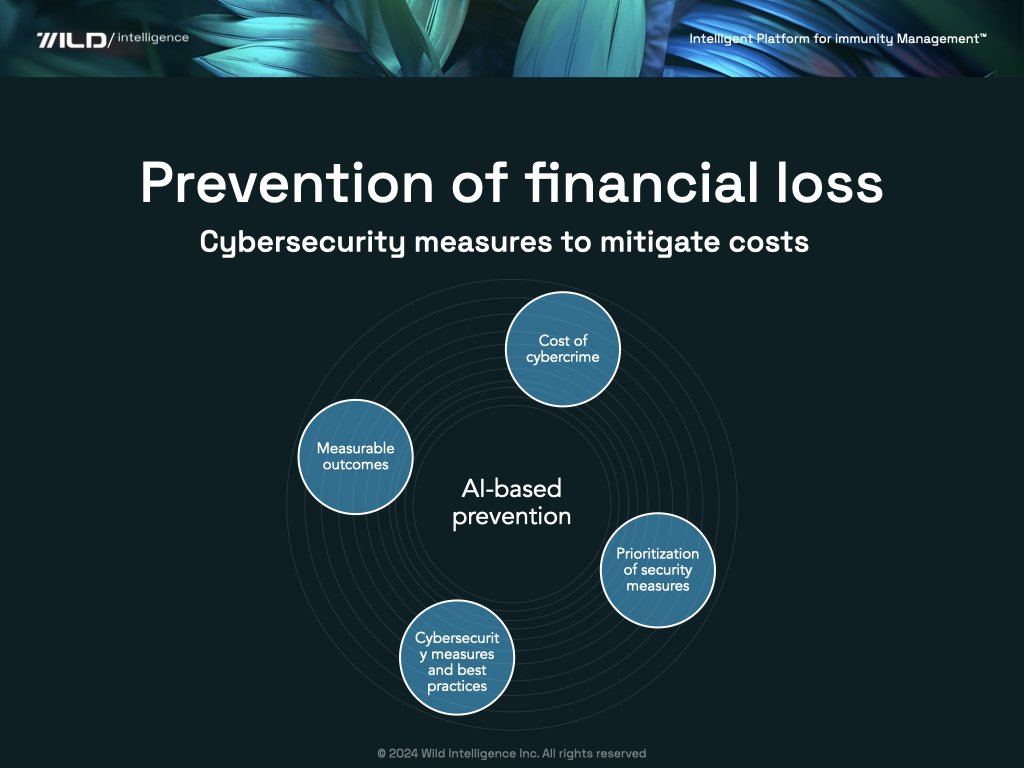Building an AI fortress for finance
Financial institutions have a crucial role in the global economy. They facilitate transactions, offer credit, and allow people and organizations to invest and grow their wealth. With the rise of technology, digital banking, online investment platforms, electronic payment systems, and other internet-based financial services have emerged, providing more accessibility and convenience to banking services.
Financial institutions manage vast amounts of money and sensitive data, making them an enticing target for cybercriminals.
Cutting-edge solutions not only cater to customers' needs but also enhance the core infrastructure of the financial sector.
The seamless integration of mobile, digital money, AI machine learning, and new data sources provides businesses an unparalleled chance to outdo outdated infrastructure and challenge established financial institutions. By embracing these advancements, visionary companies can reimagine how money moves and stay ahead of the curve in this ever-evolving industry.
However, this digital transformation has also brought new challenges, especially cybersecurity: sensitive data protection, prevention of financial loss, maintaining consumer trust, and regulatory compliance.
Threats include phishing and social engineering attacks where criminals exploit trust to steal information. Malware and ransomware can disrupt operations or steal data. At the same time, DDoS attacks aim to overwhelm systems and deny legitimate users access. Insider threats pose a unique challenge, as authorized users may already have access.
Criminals can exploit vulnerabilities in APIs, which connect systems. To combat these threats, financial institutions can implement various solutions. Educating staff and customers, using email filtering and multi-factor authentication, can help defend against social engineering.
Regular system updates, antivirus software installations, and network traffic monitoring can mitigate malware and ransomware risks. DDoS protection systems, redundant systems, and incident response plans are crucial for defense. Access controls, user activity monitoring, and cybersecurity training can address insider threats.
Finally, secure coding practices, regular security testing, API security gateways, and activity monitoring can safeguard APIs. By implementing these solutions, financial institutions can build a robust cybersecurity posture and protect their valuable data.
Some of today’s key benefits of security solutions for the financial services industry include data protection and diversity monitoring, cloud transition support, unified threat reporting, and data privacy compliance.
Resources:
How banks are using generative AI




